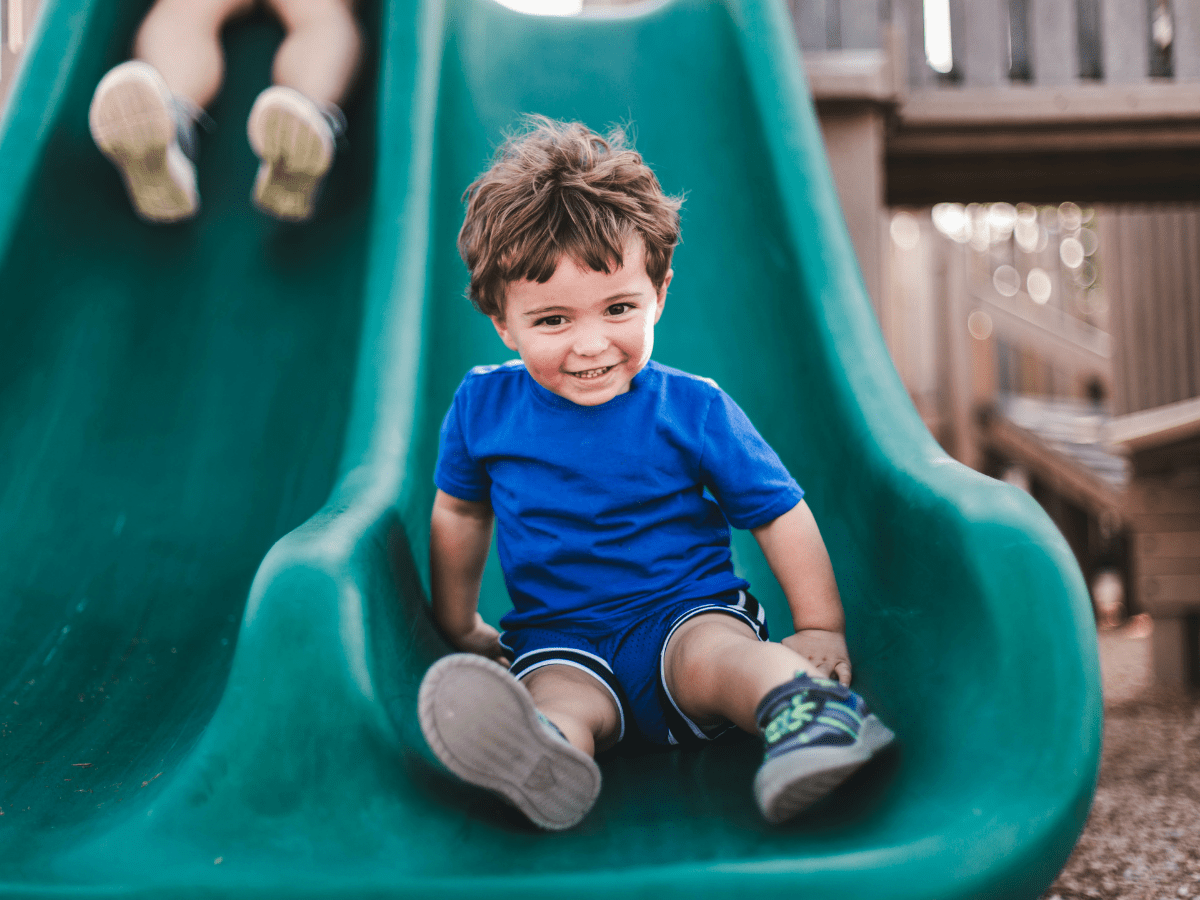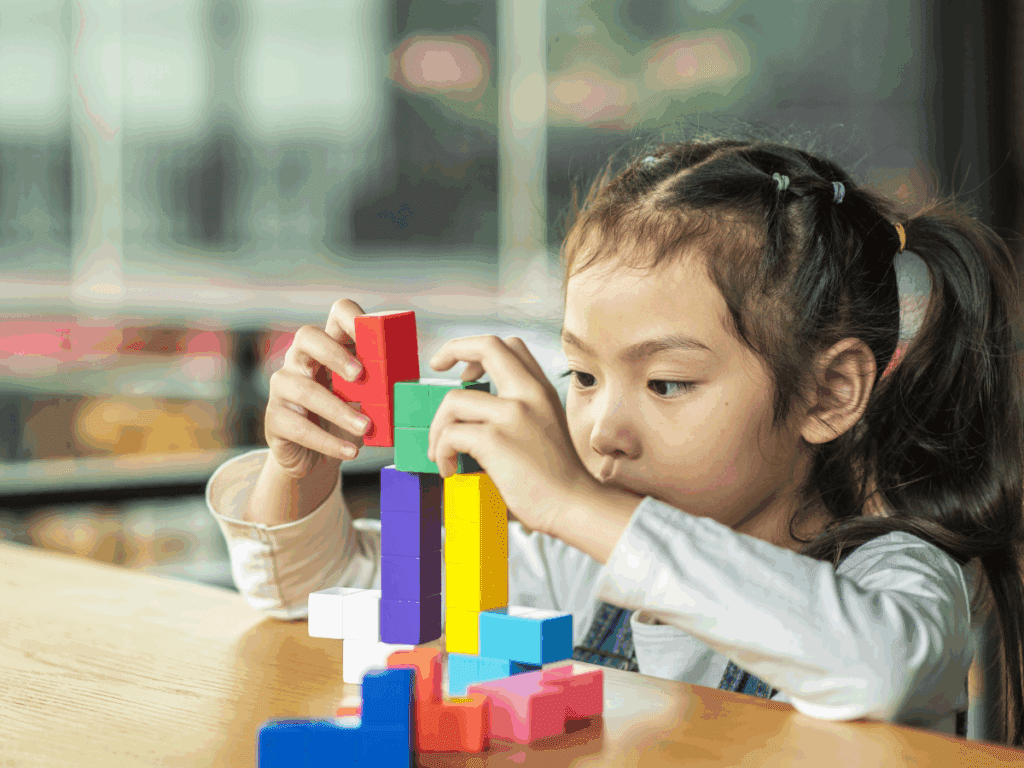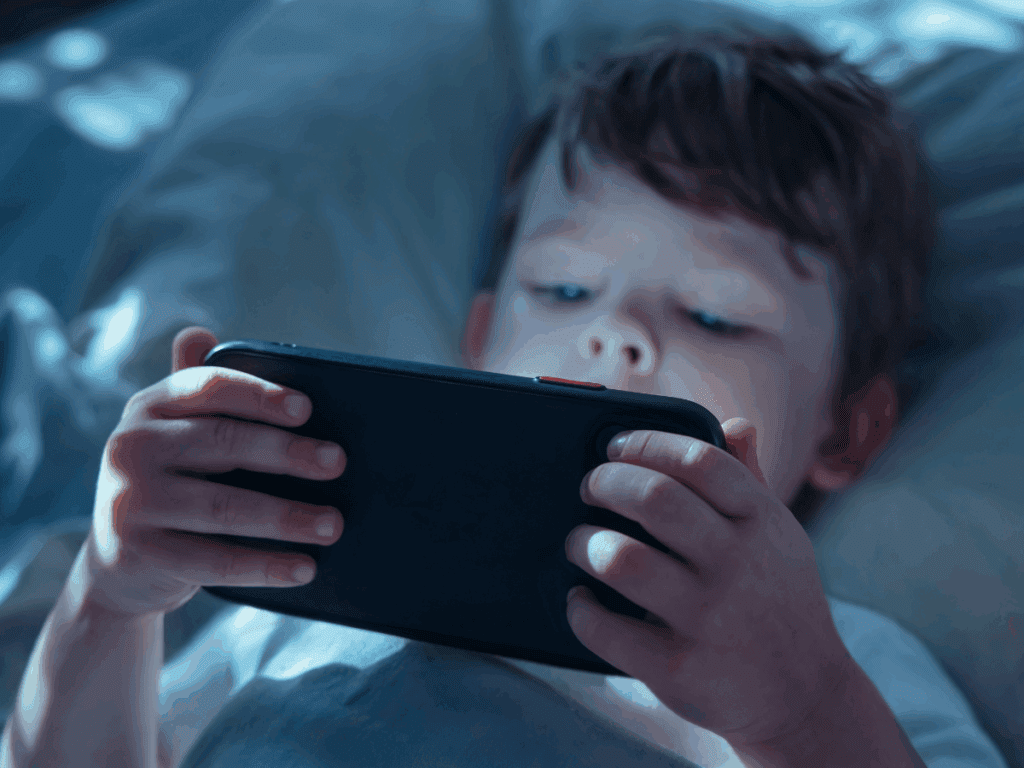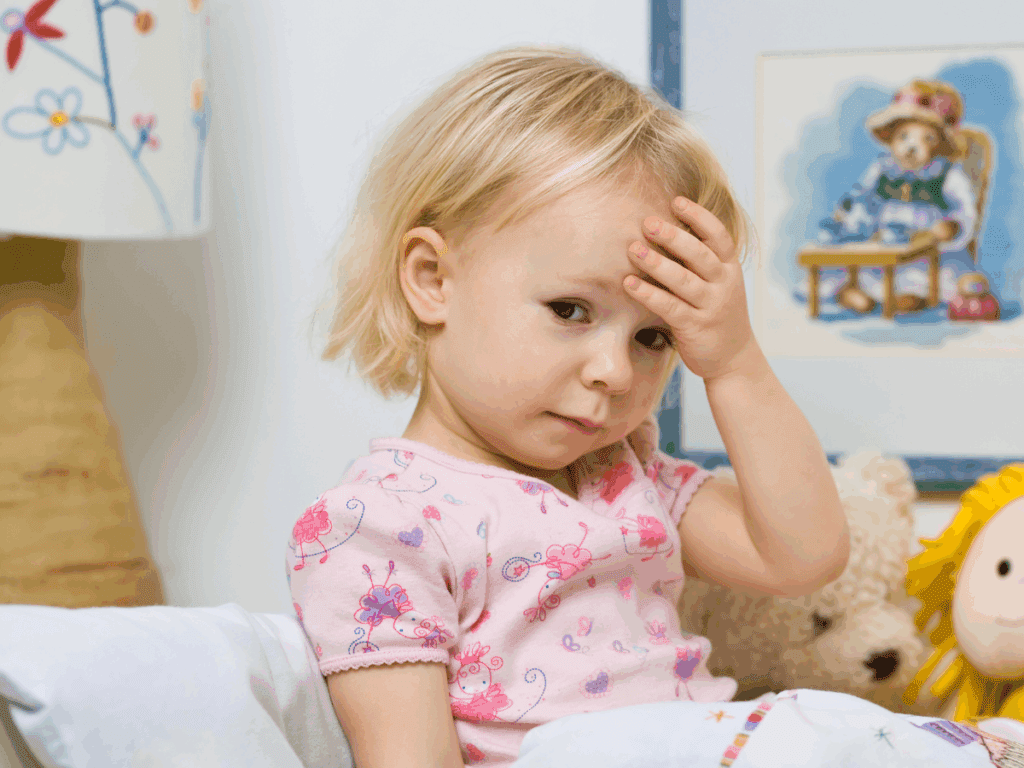
Each year in Canada, more than 200,000 athletes experience a concussion. The numbers are striking, and so is the fact that until recently, the youngest athletes were almost absent from research and public conversation about these injuries.
Dr. Miriam Beauchamp is a professor at the University of Montreal, a researcher at Sainte-Justine Hospital, and Canada Research Chair in Paediatric Traumatic Brain Injury. She leads the Developmental Neuropsychology Laboratory and has published more than 150 scientific papers on concussion and child development.
She says that while concussions are often framed in the context of professional hockey players or elite athletes, the risk is very real and often overlooked for children under six.
“These children are the group most at risk because they fall a lot,” Beauchamp explains. “That’s normal. They’re learning to walk, they’re exploring the world. But more and more of these young children are also in sports groups, even as young as three, four, five years old. They’re on playing fields, in structured activities, and sometimes injuries can happen.”
From dark rooms to active recovery
or years, the standard advice after a concussion was strict rest. Doctors recommended athletes avoid school, screens, sports, and sometimes confining them to a dark room until symptoms subsided.

That approach, Beauchamp says, has changed dramatically.
“Since 2023, the recommendations for recovery have shifted. We used to be very passive. We told young people to rest for days in a dark place,” she says. “That has completely changed. Now we are much more moderate and much more active in our recommendations.”
The new approach suggests relative rest for the first 48 hours, avoiding strenuous activity or returning immediately to sport, but allowing normal daily routines at home. After that, children are encouraged to gradually return to both mental and physical activities, carefully monitoring symptoms as they go.
Just like with a musculoskeletal injury, they don’t leave it immobilized forever, Beauchamp says. They start physiotherapy and activity to help it recover. It’s the same for the brain. They need to stimulate it gradually so it can adapt.
The research is clear: prolonged isolation has negative effects, particularly on children’s mental health. A moderate, step-by-step return to school, play, and social interaction is now considered best practice.
What about screens?

One of the most common questions parents ask after a concussion is about screen time. Phones, tablets, computers, and video games are central to children’s daily lives, and many parents wonder whether screens slow down recovery.
Beauchamp says the answer depends on moderation. “In the first 48 hours, reducing exposure to screens seems to be beneficial. After that, moderate use is acceptable and doesn’t significantly alter recovery.”
The key, she says, is monitoring symptoms. “If the child has a lot of symptoms from their concussion, you have to be aware that maybe you’re doing a little too much, then take another day of relative rest, wait a little while before doing other activities, and then start again. Because 24 hours later, a day or two later, you try again, it’s like a trial run.”
Learn more about the latest recommendations in concussion recovery
Spotting concussions in preschoolers
Recognizing a concussion in a teenager who can explain they feel dizzy or nauseous is one thing. But how do you detect a concussion in a toddler?
Even verbal children may lack the vocabulary to describe what they’re experiencing.

A three- or four-year-old may not know the word confused, Beauchamp notes. “They may not be able to say ‘I feel nauseous.’ But they might not want to eat. They might have less appetite. Even a young baby might not want to breastfeed. So that could be a sign of nausea in a young child. We really need to be on the lookout for these signs.”
“It’s not about parents or educators becoming doctors,” Beauchamp says. “It’s about being on the lookout for significant changes and knowing when to consult a health professional.”
The Invisible Injury
One of the hardest parts of concussion recovery, especially for children eager to return to play, is that the injury is invisible.
When you break your arm, there’s a cast. Everyone can see the injury, Beauchamp says. But with a concussion, there’s no bandage on your head. The brain is complex, and concussions can affect motor, cognitive, psychological, and emotional functioning. Every concussion is different.
That variability makes recovery frustrating. Some children bounce back in a few days. Others take weeks or months.
“It’s important to remember that symptoms after a concussion are normal, just as pain is normal after a sprain,” Beauchamp says. “Patience is key. Each concussion is unique, and comparing your recovery to someone else’s doesn’t help.”
Why research matters
Many of the updated recommendations that shape how concussions are treated today come directly from new research. But Beauchamp warns that declining funding in Canada threatens progress.
“The consequences are enormous,” she says. “Without funding, we can’t do the cutting-edge research that leads to these important discoveries, like those that led to the change in recommendations two years ago, for example. It all came out of research, which is why we can be confident in the changes and in the evolution of the recommendations.”
She points to another challenge: fragmentation. There’s a wealth of information available across Canada, but it’s scattered.
“It can be difficult, even for experts, but especially for the community, to know where to find this information. With more resources, we could deliver a clearer, more consistent message across the country. Everyone like parents, coaches, educators, or physiotherapists need to be on the same page.”
Why staying up to date matters
The science around concussions is still evolving. Recommendations can change quickly as new evidence emerges.
There are living guidelines in Canada, Beauchamp explains. Every time an important scientific study is published, experts assess whether the recommendations need to change. That’s why it’s essential for everyone in the sports system to stay up to date. Otherwise, there’s a risk of giving advice that could do more harm than good.
For parents, coaches, and athletes, that means checking official resources regularly and not relying on outdated advice that lingers in communities.
The road ahead
Beauchamp hopes conversations about concussions will extend beyond elite athletes and into playgrounds, community leagues, and preschool sports groups.

Awareness is growing. Guidelines are evolving. But protecting young athletes requires constant vigilance and investment.
But or now, she wants parents to leave with two takeaways: concussions in young children are real, and recovery is possible.
For more concussion information and resources:
- https://sirc.ca/safety-in-sport/concussion/
- Canadian Concussion Network
- Living Guideline for Pediatric Concussion
- Canadian Guideline on Concussion in Sport
For more about Dr. Miriam Beauchamp’s work and research: